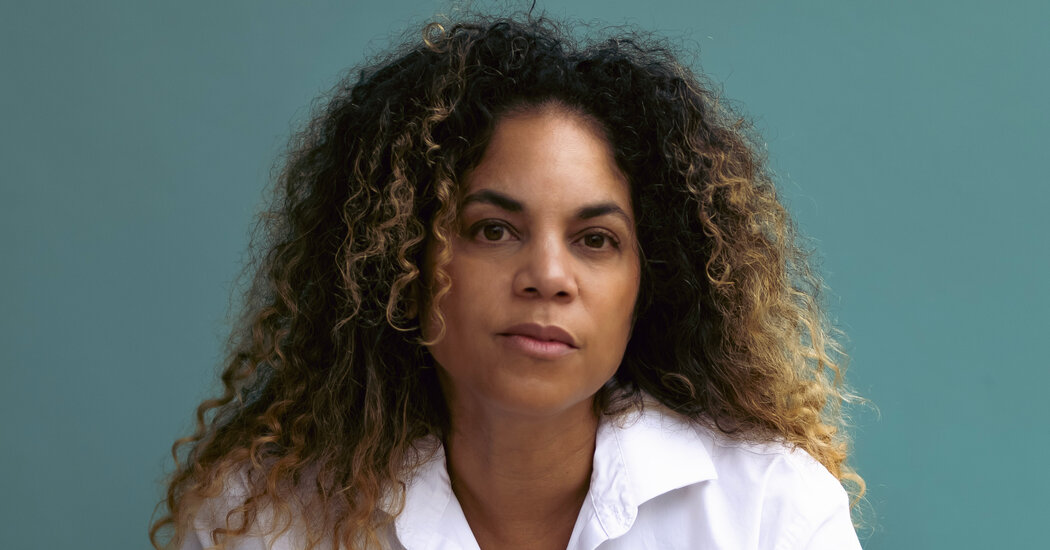After working as an art professional for two decades, Lise Ragbir has stories to tell. “When I first moved to New York, I was a young black woman moving into a predominantly white art industry,” she said in a video interview. “I just got out of school and discovered that I didn’t exactly look that way, which some recruiters have been very candid about.”
This month, she opened a new agency called Verge, a recruiting firm that identifies talented employees of color and helps them settle into positions at all levels in the commercial and non-profit side of the art world. Despite a recent wave of efforts to improve diversity, equity and inclusion in the arts, Ragbir said many organizations struggled to hire and retain leaders from historically underrepresented backgrounds.
Ragbir, 49, formerly an art gallery director at the University of Texas at Austin, founded Verge with diversity consultant Ola Mobolade and gallery director Julia V. Hendrickson. Artists Rashid Johnson and Deborah Roberts are investors, though the company declined to specify how much they had contributed. David Kordansky Gallery in Los Angeles, where Hendrickson previously served as general manager, is the company’s first client.
Johnson, who also serves as a trustee for the Solomon R. Guggenheim Foundation and other nonprofits, said his investment was intended to help art institutions more quickly achieve their goals, such as improving diversity and connecting artists of color with curators who understand them.
“I hear a lot of enthusiasm, but there’s also concern about how these institutions will accept different people in their spaces,” Johnson said in a phone interview. “But it’s about more than filling oneself with black and brown people. There needs to be more insight into why they were not there.”
The protests that followed the 2020 murder of George Floyd came as a shock to museums and galleries that had expressed support for racial equality but failed to employ many people of color. Staffers demanded change, and executives recruited a diverse cohort of new leaders, some of whom were tasked with making their historically white-dominated institutions more welcoming to employees of diverse backgrounds.
Ragbir acknowledged that after that initial burst of action, the industry is growing weary in regards to diversity, equity and inclusion programs. But the problem with recent efforts, she said, is the expectation that decades of exclusion can be resolved in a matter of months. Verge wants to help institutions remove structural barriers to diversity. She noted that her company analyzed the websites of 180 galleries and found that only three percent listed a dedicated human resources employee.
“Without human resources, there are no standards,” explains Ragbir. “We’re seeing a new wave of talent coming through the art industry without infrastructure.”
As an example, Ragbir pointed to the Montreal Museum of Fine Arts, which was founded in 1860 and didn’t have a black curator until 2021, when it hired Eunice Bélidor (who doesn’t capitalize her name). She left the position after less than two years, citing a lack of support. “I was the Black Lives Matter mercenary, but black lives don’t matter in institutions,” Bélidor told Ragbir in an interview published last month. “Institutions don’t want to make any changes. They just want it to look like they’re making changes.” (In a statement to the Montreal Gazette, the museum’s director, Stéphane Aquin, denied that bélidor was hired because of her race. “We hired her because we thought she was the right person for the job,” he said.)
Ragbir said Verge would provide ongoing support to recruits and institutions, including regular check-ins and internal meetings with the recruiting organizations, and encourage new hires to make a one-year commitment to their employers.
“We talked a lot about systemic racism,” she said. “Now we need to talk about building systemic change.”

